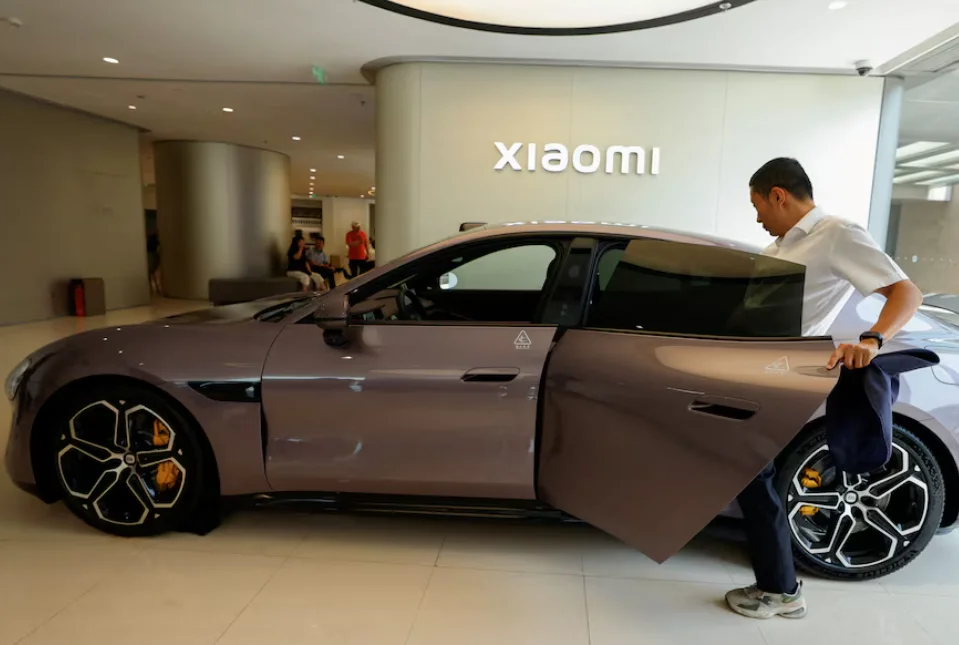As China’s automotive industry accelerates its development of assisted-driving technologies, regulators are issuing a measured directive: innovate rapidly, but prioritize safety. Domestic automakers, bolstered by rising consumer demand for smart mobility solutions, are ahead of foreign competitors in deploying driver-assistance systems. However, the government is now reinforcing the need for cautious advancement through regulatory recalibration.
Beijing’s Response to Xiaomi SU7 Fatal Accident
The urgency of the regulatory review has intensified following a fatal accident in March 2025 involving a Xiaomi SU7 sedan, where three occupants died after the driver disengaged the assisted-driving system seconds before impact. The incident has brought to the fore concerns surrounding the real-world limitations of such systems and the critical role of human supervision.
In response, Chinese authorities are finalizing new safety regulations aimed at enhancing both the hardware and software architectures that underpin assisted-driving platforms. These rules will specifically address driver-monitoring systems—technologies designed to assess a driver’s awareness and readiness to retake control under semi-autonomous conditions.
Regulatory Framework and Market Language Restrictions
Under current Chinese regulatory standards, driver-assistance technologies are permitted to automatically steer, brake, and accelerate only under defined conditions, with the explicit requirement that drivers remain engaged at all times. Reflecting this limitation, marketing terminology such as “autonomous” or “smart” is prohibited to avoid overstating system capabilities and misleading consumers.
The anticipated revisions will codify standards that ensure systems are not only technically compliant but also psychologically calibrated to promote realistic user expectations.
A Gradualist Approach to Innovation
Industry observers, including Markus Muessig, Auto Industry Lead at Accenture Greater China, point to the strategic philosophy behind China’s approach. Referencing former leader Deng Xiaoping’s metaphor of “feeling the stones to cross the river,” Muessig noted that China’s steady, adaptive approach to emerging technologies has underpinned its successful market evolution.
This philosophy underlines the regulatory balancing act: encouraging cutting-edge innovation without compromising road safety or public trust.
Implications for Automakers and Global Standards
The pending regulations are expected to shape not only domestic production practices but also influence global perceptions of China’s automotive sector leadership in assisted-driving systems. As domestic automakers, such as BYD, NIO, and Xiaomi, continue integrating AI-driven features, the new compliance requirements may serve as a benchmark for future international standards.
Moreover, China’s evolving framework may prompt global automakers operating in the region to reassess their deployment strategies, ensuring alignment with more stringent driver-monitoring and system accountability protocols.
Conclusion
China’s push for leadership in assisted-driving technologies is now tempered by an equally robust focus on safety and regulatory clarity. As policymakers finalize a new wave of regulations, the message to automakers is unequivocal: innovation must be matched by responsibility, ensuring that technological advancements do not outpace public safety mechanisms.












